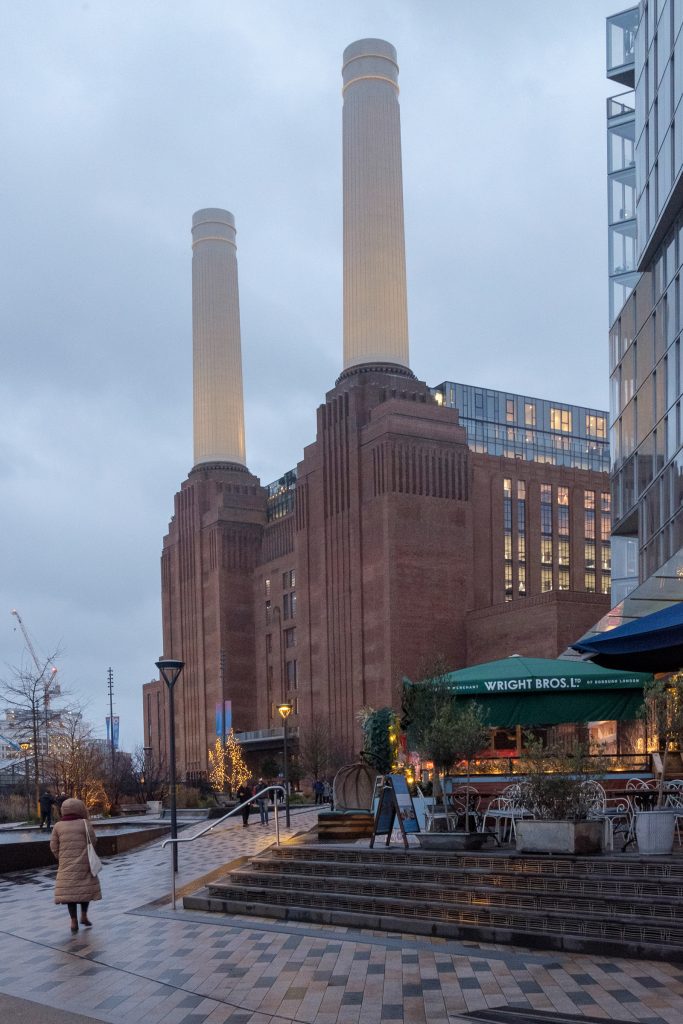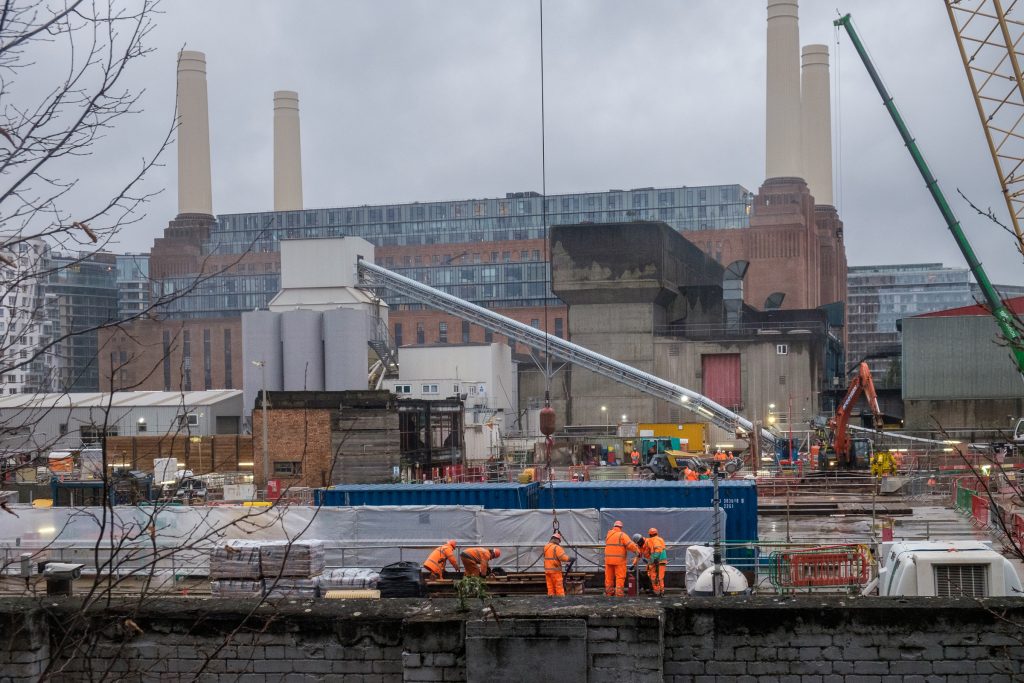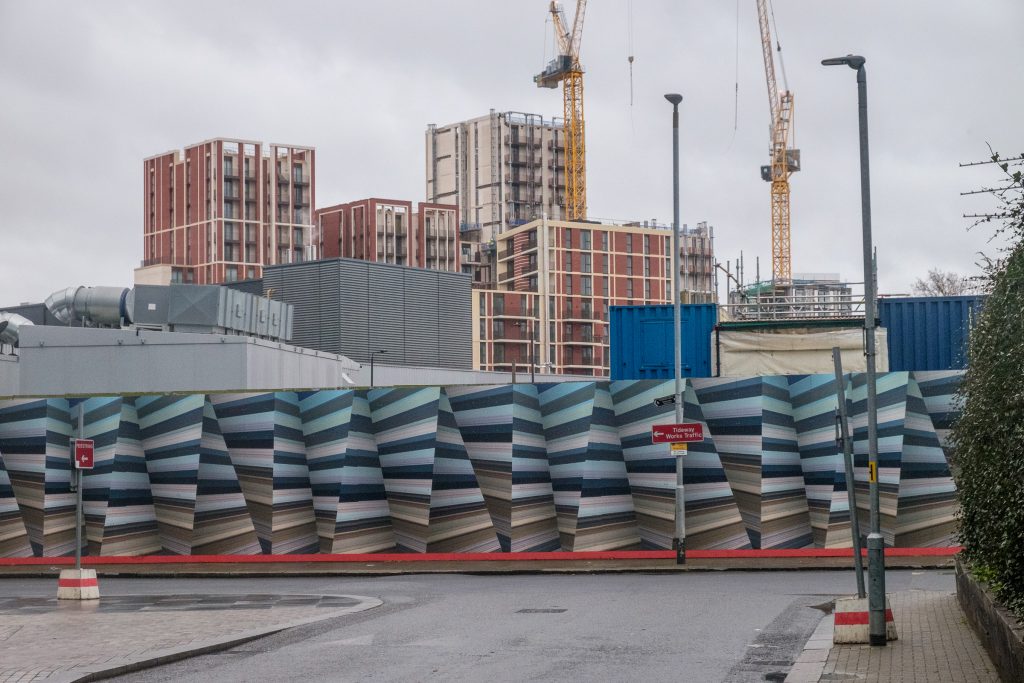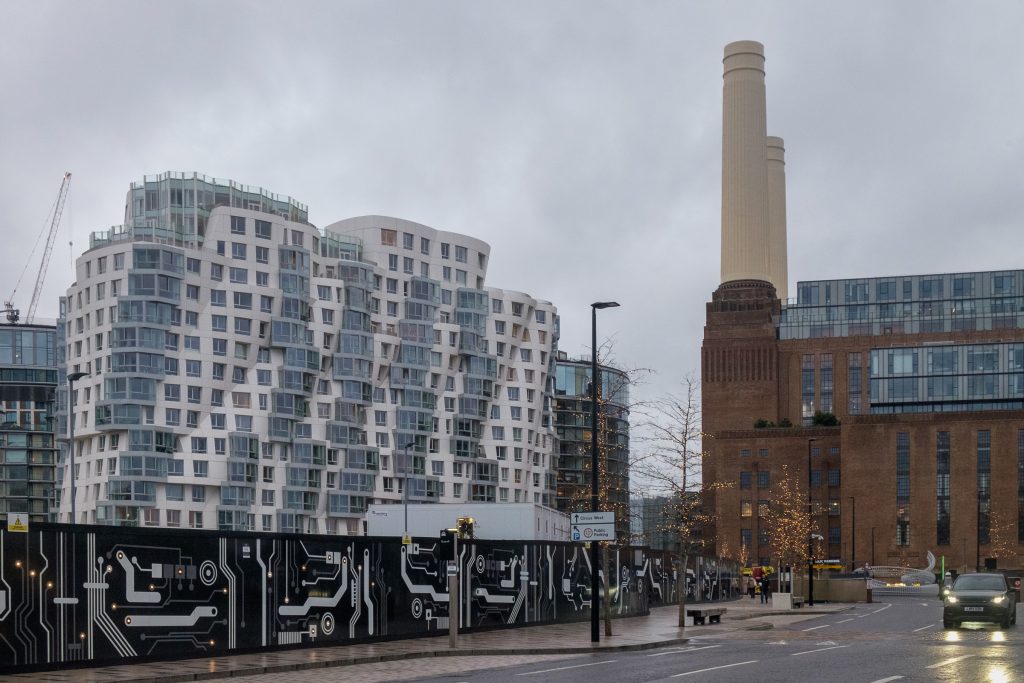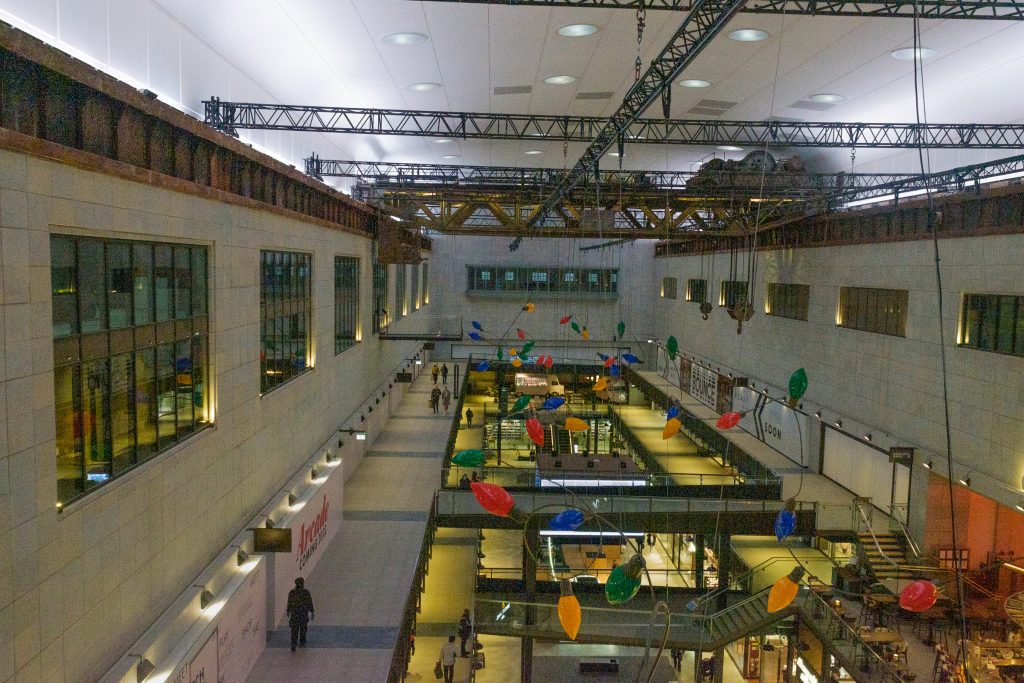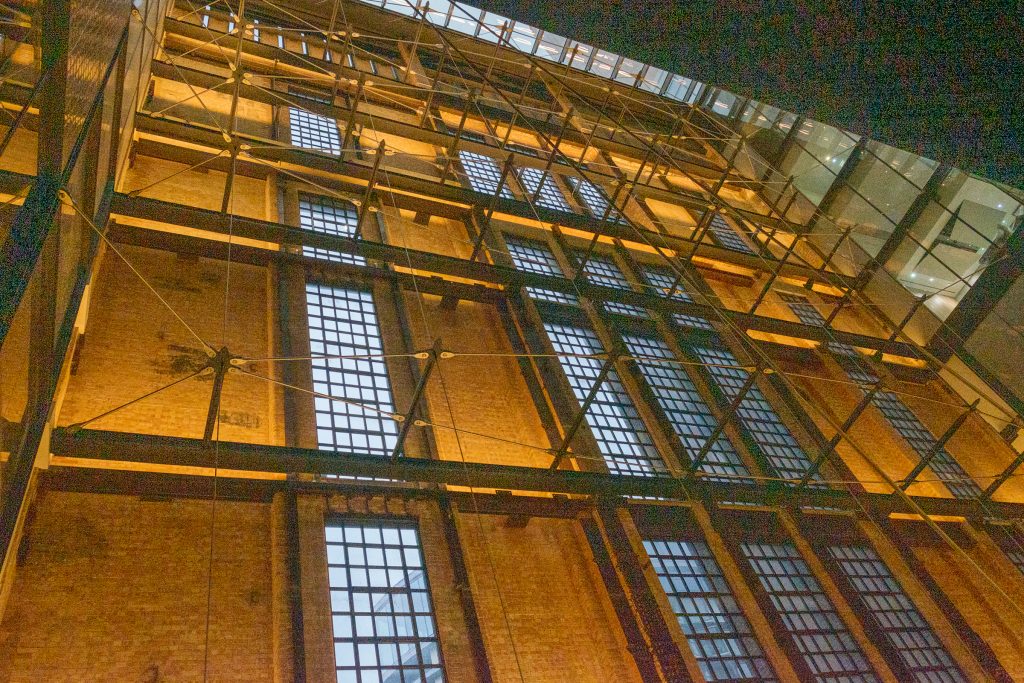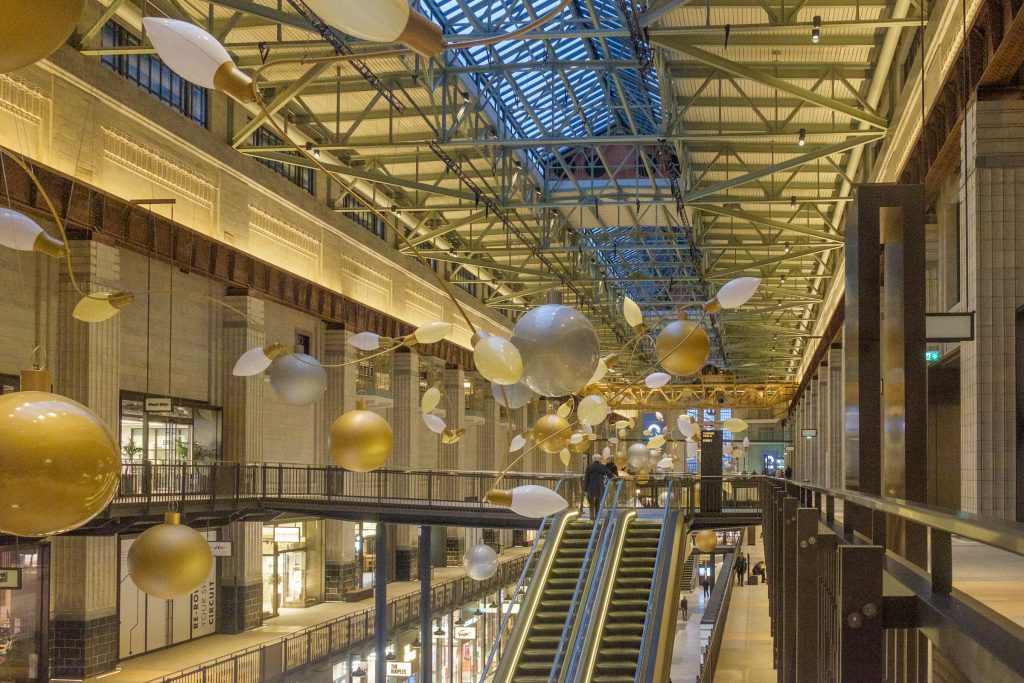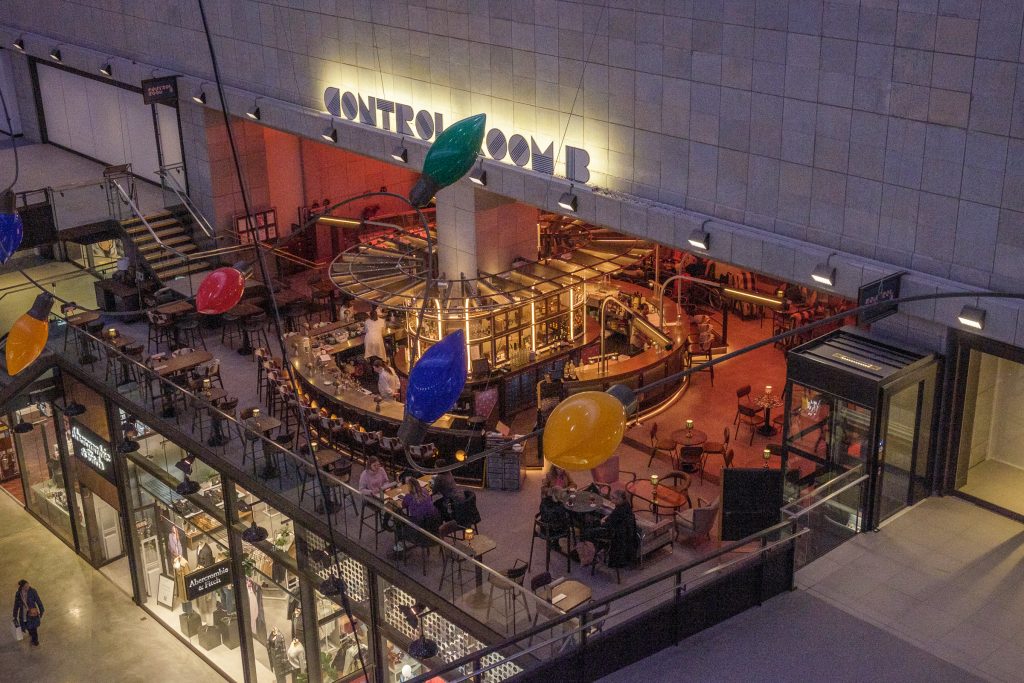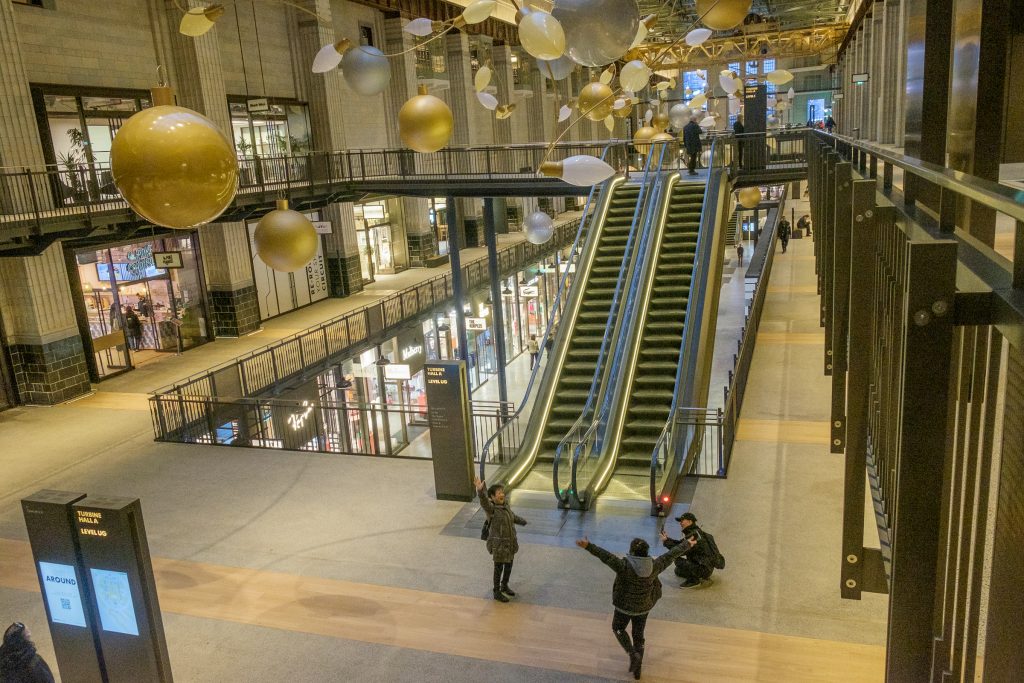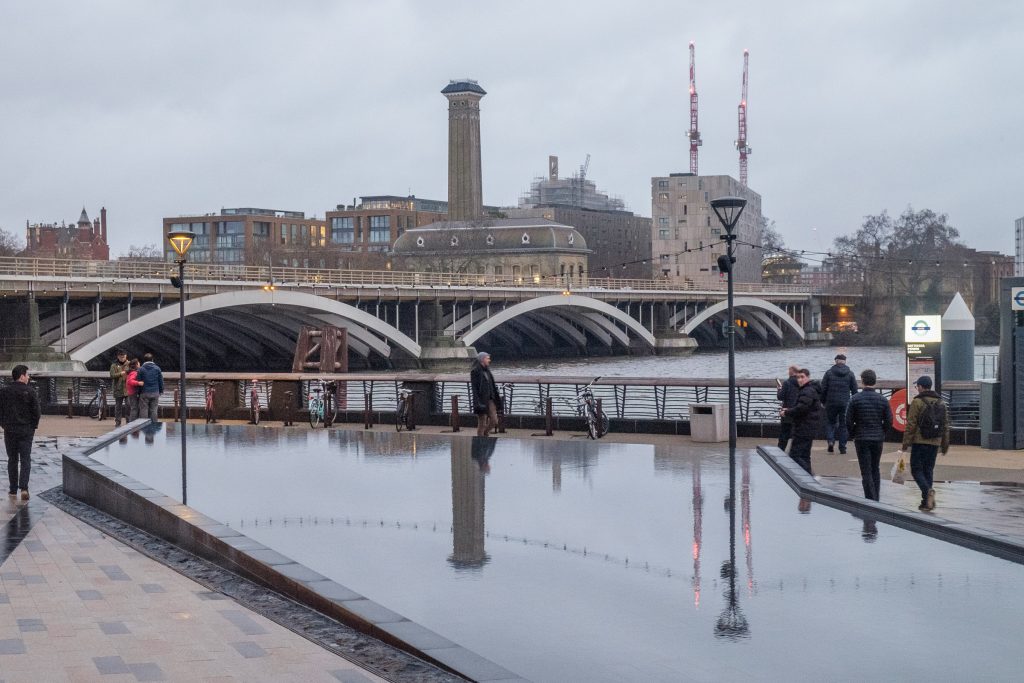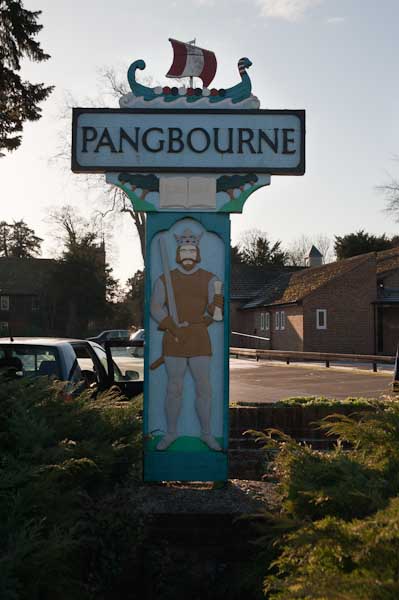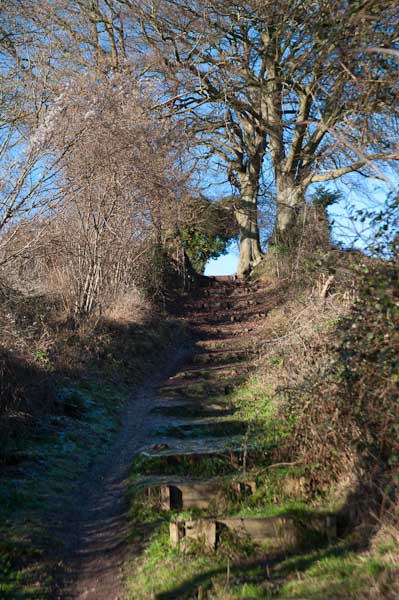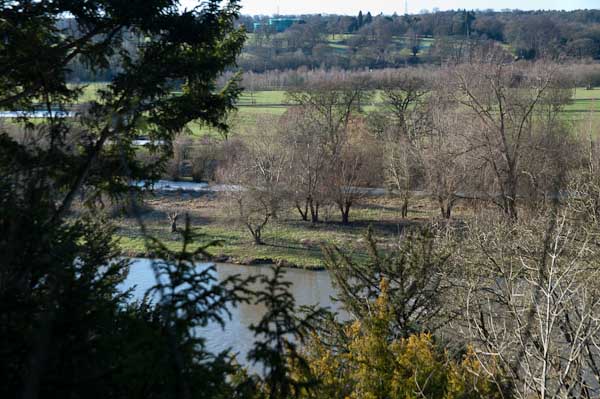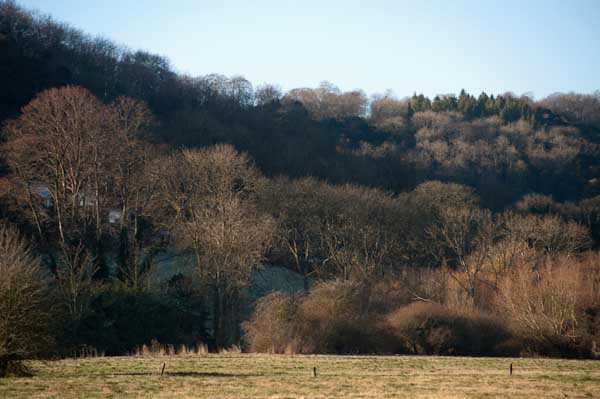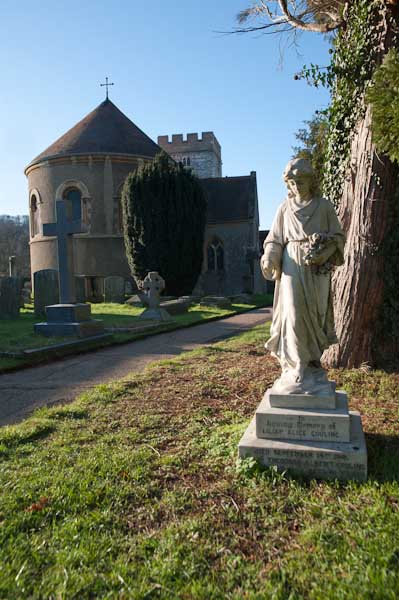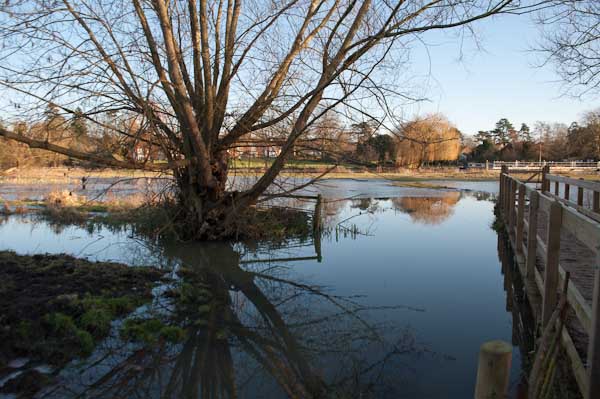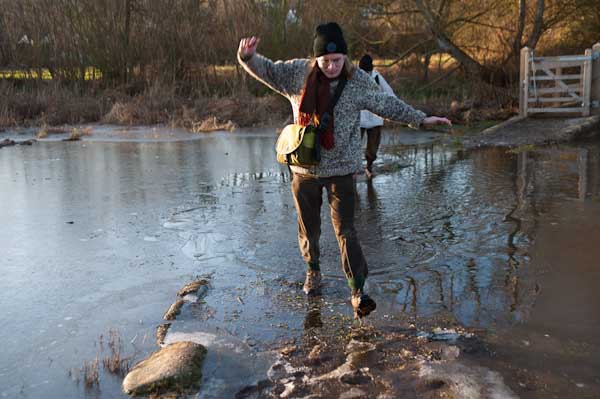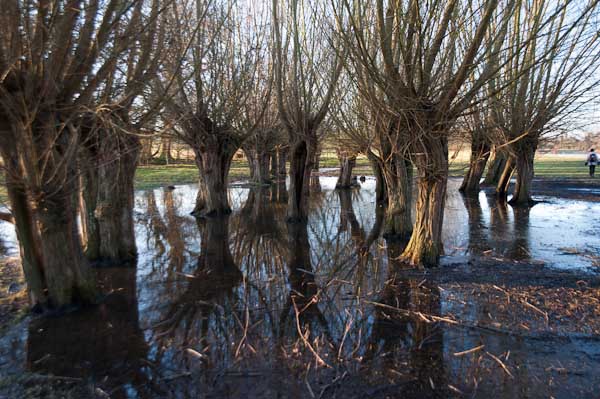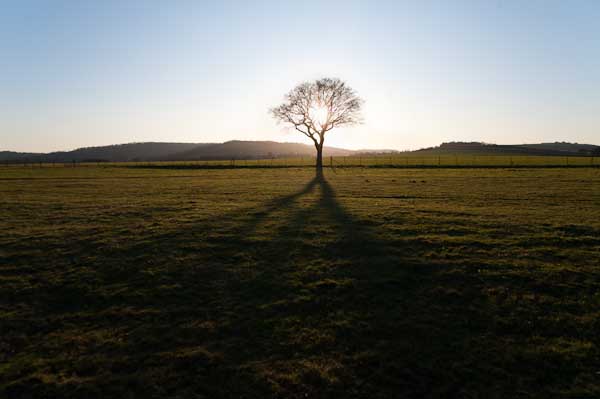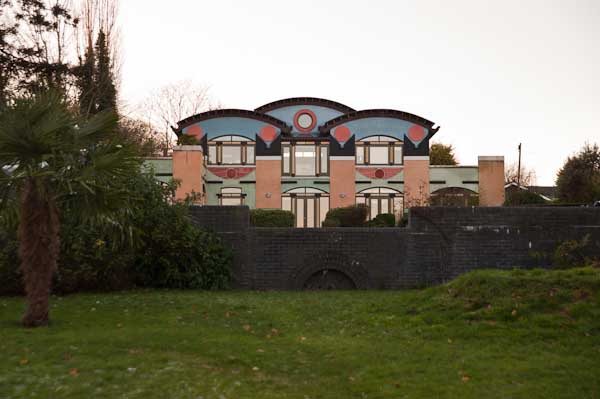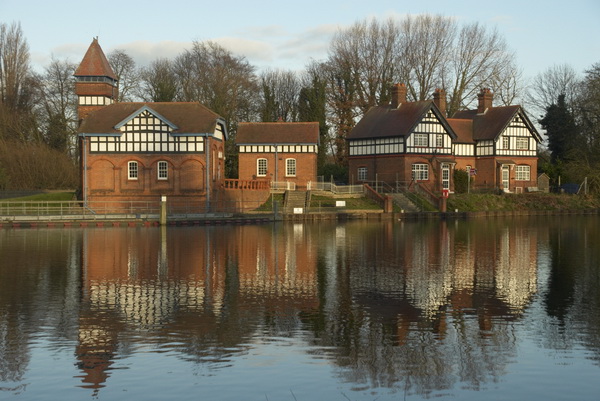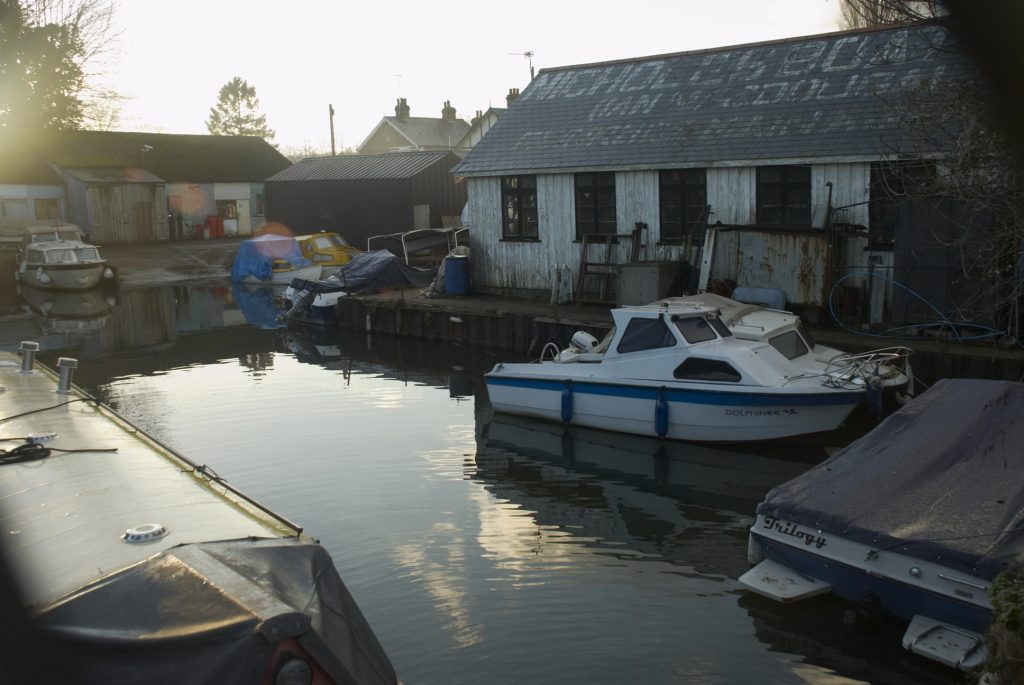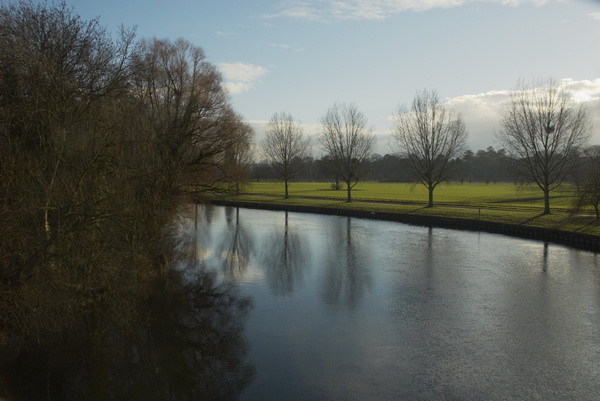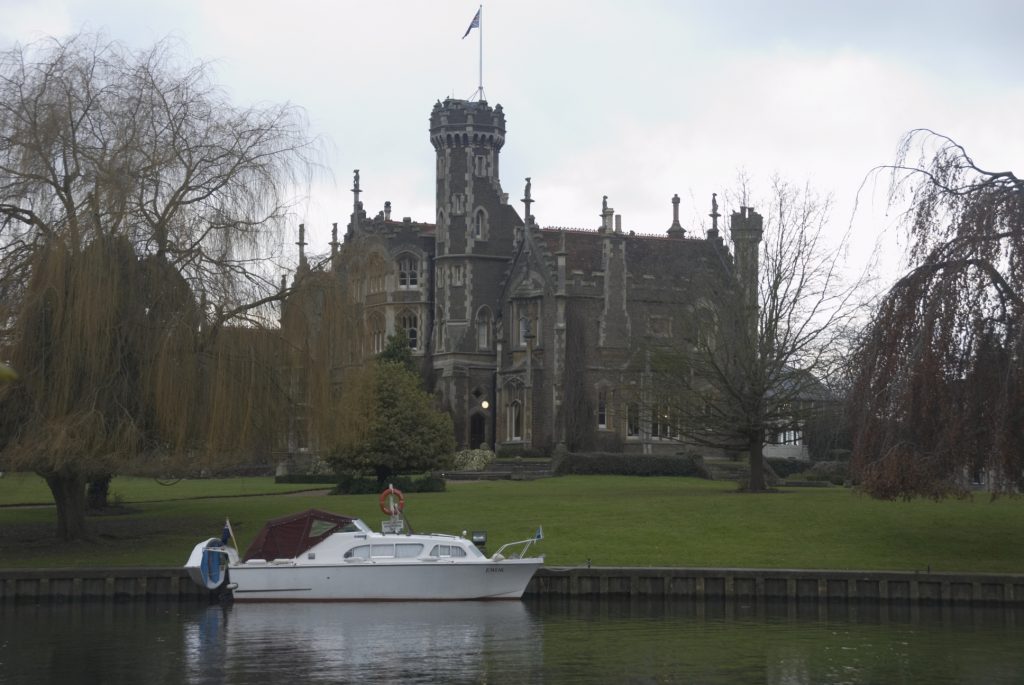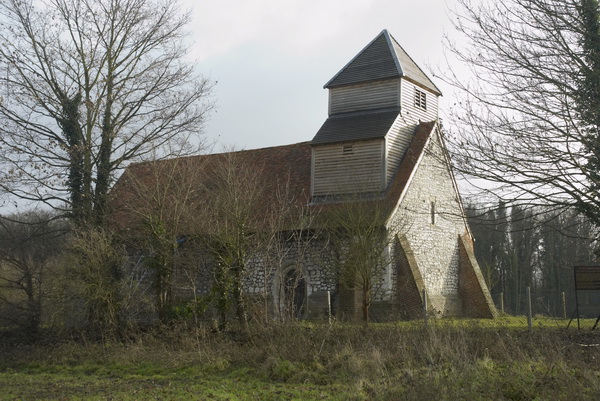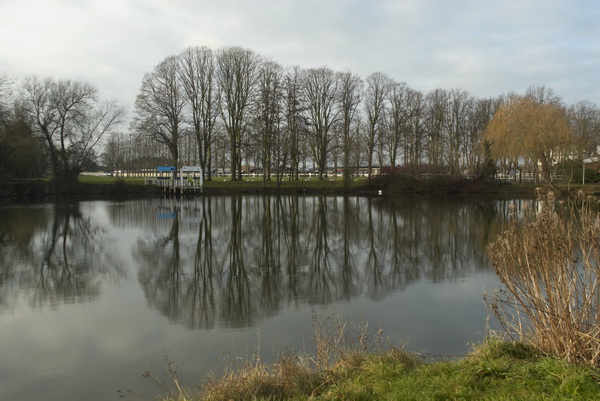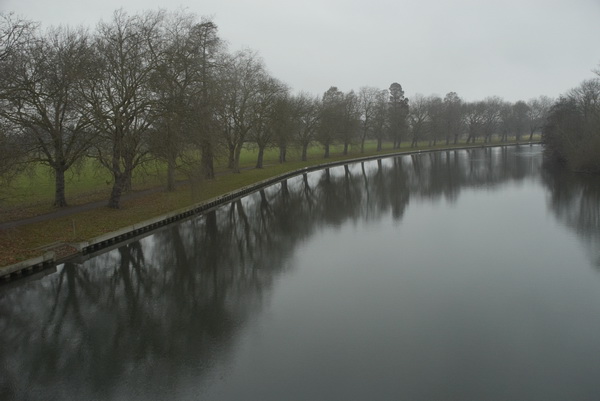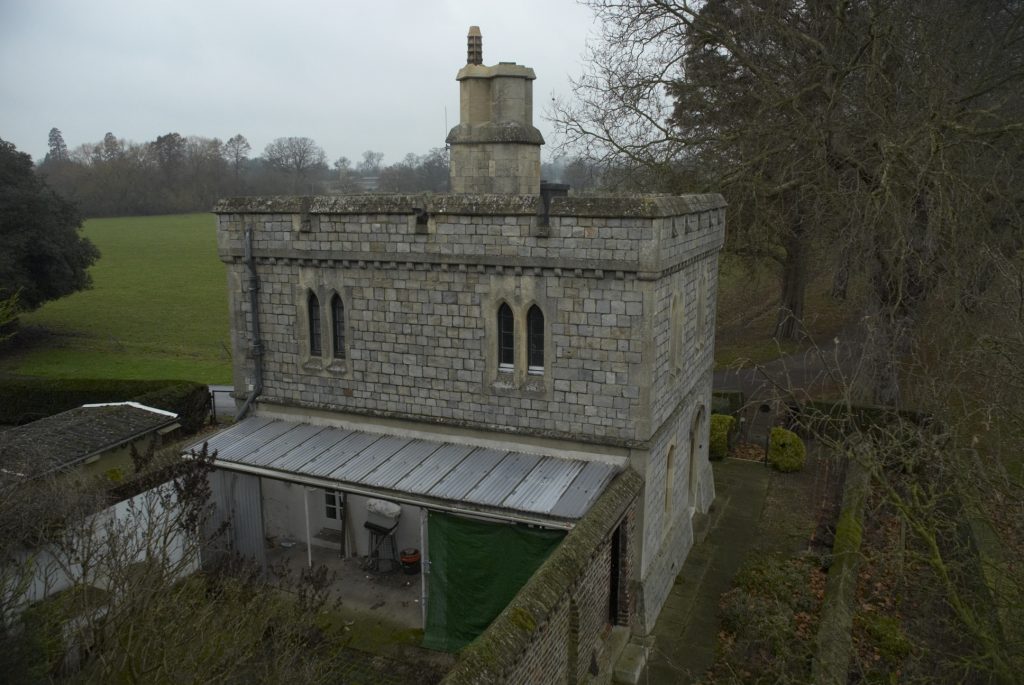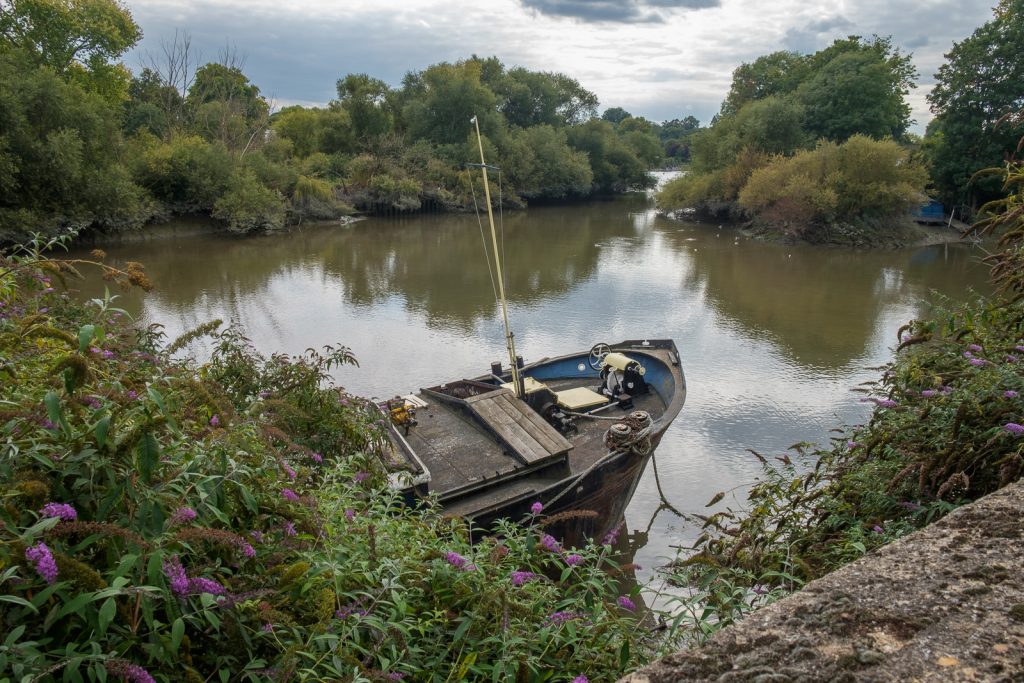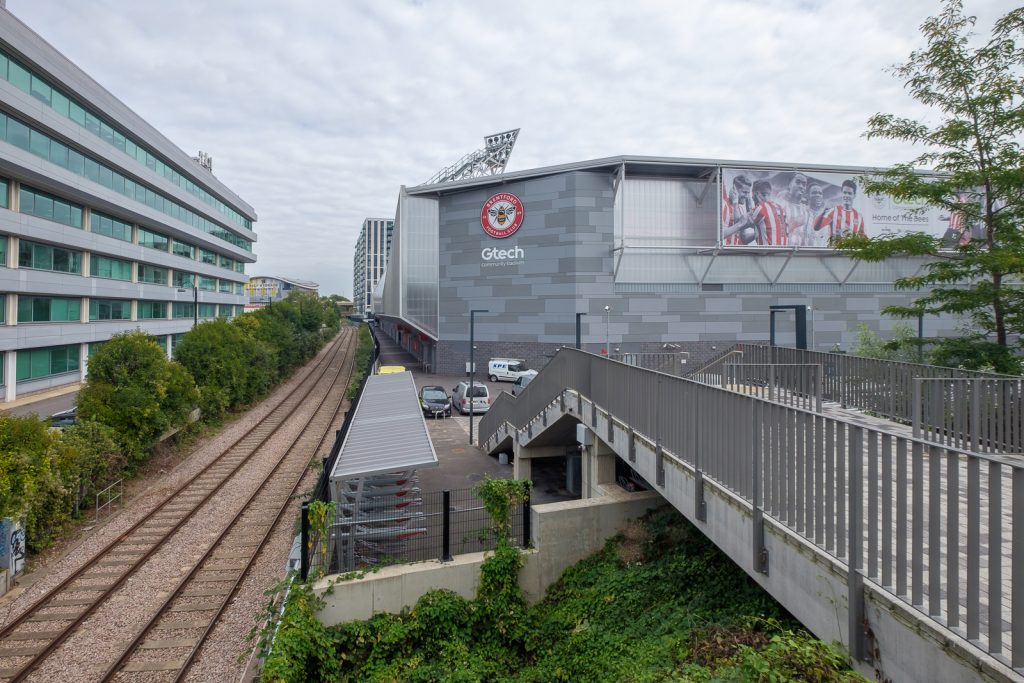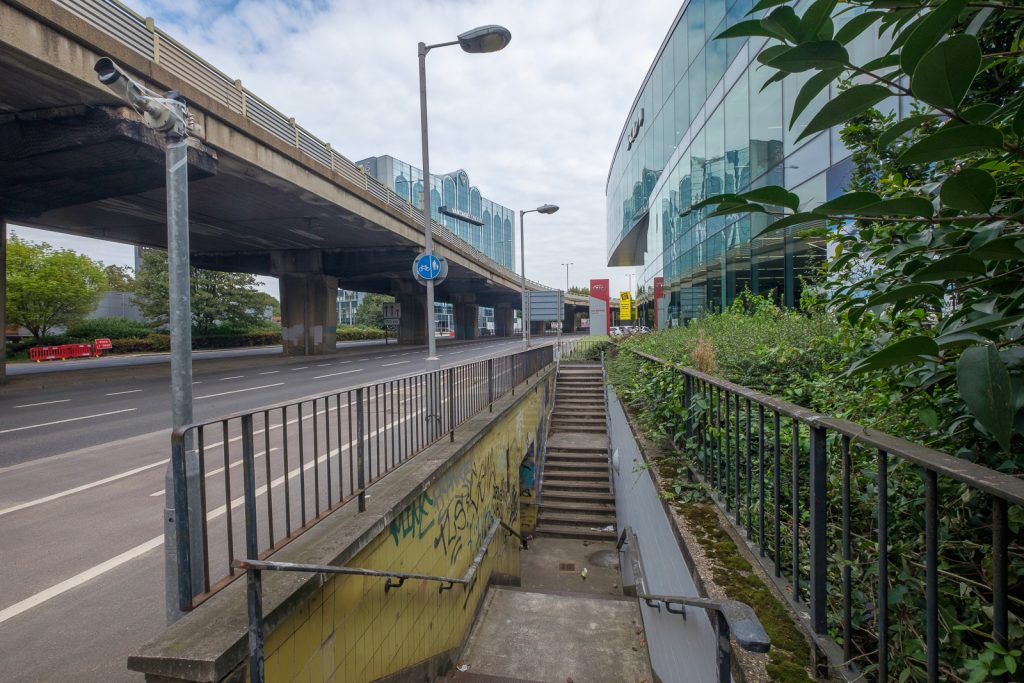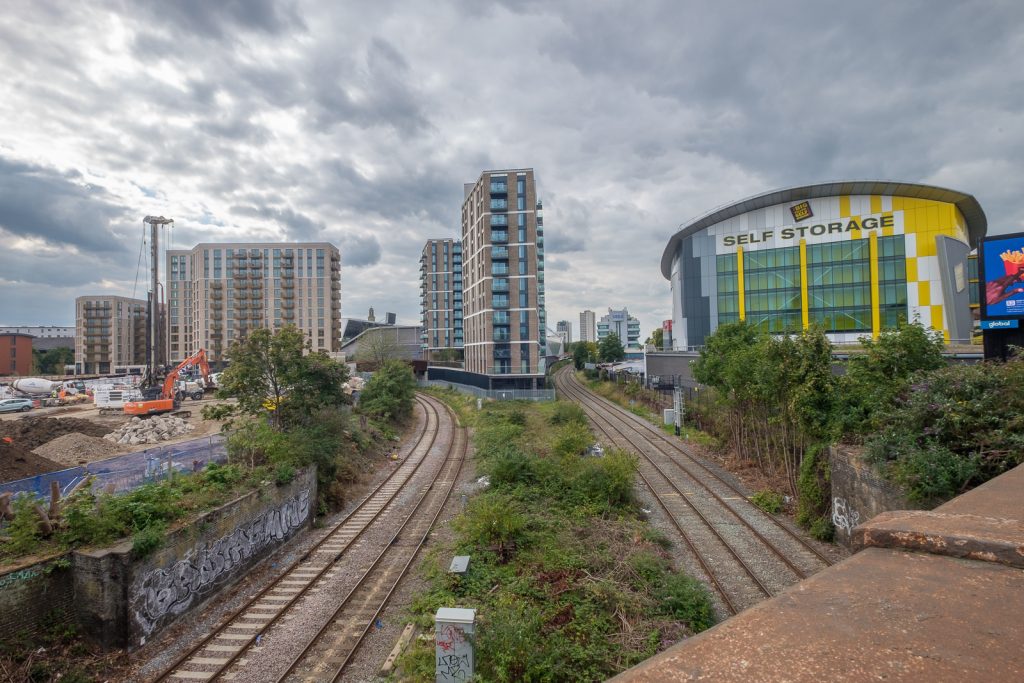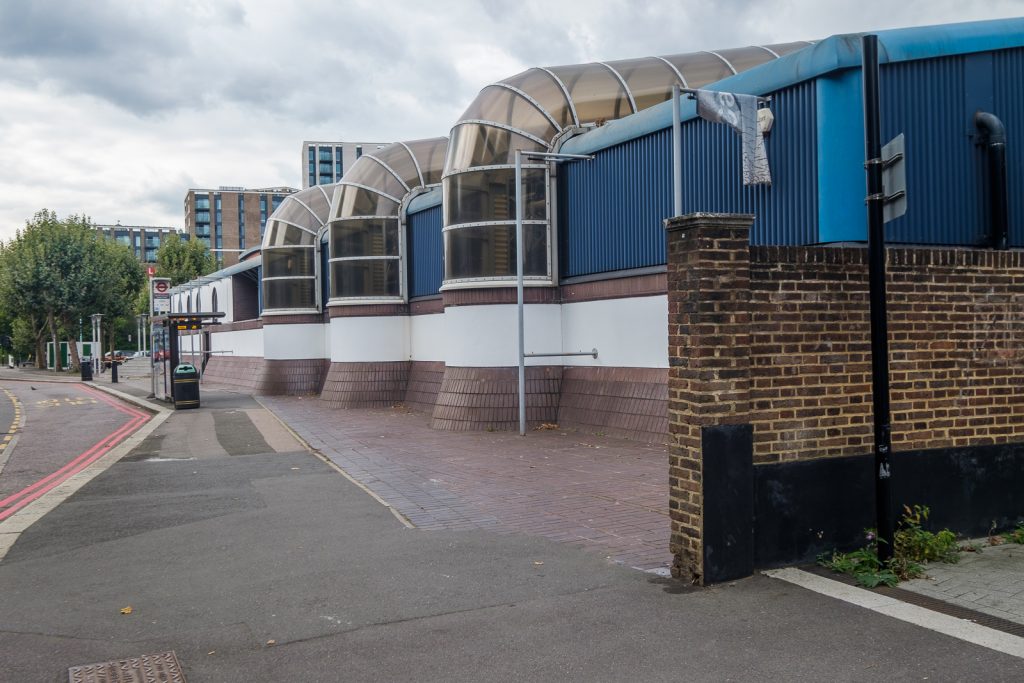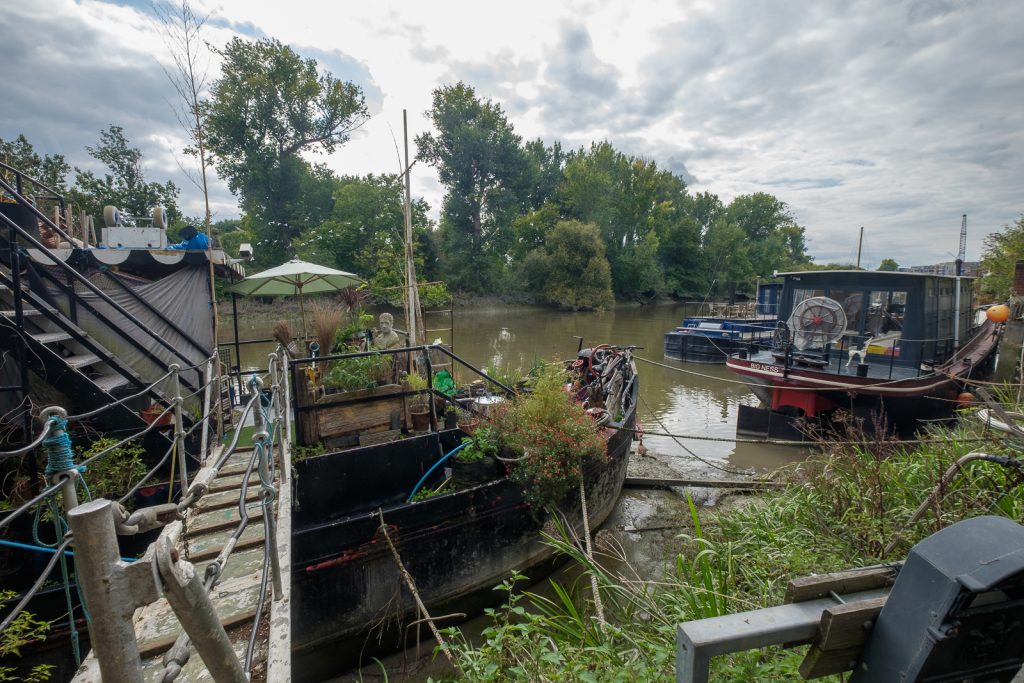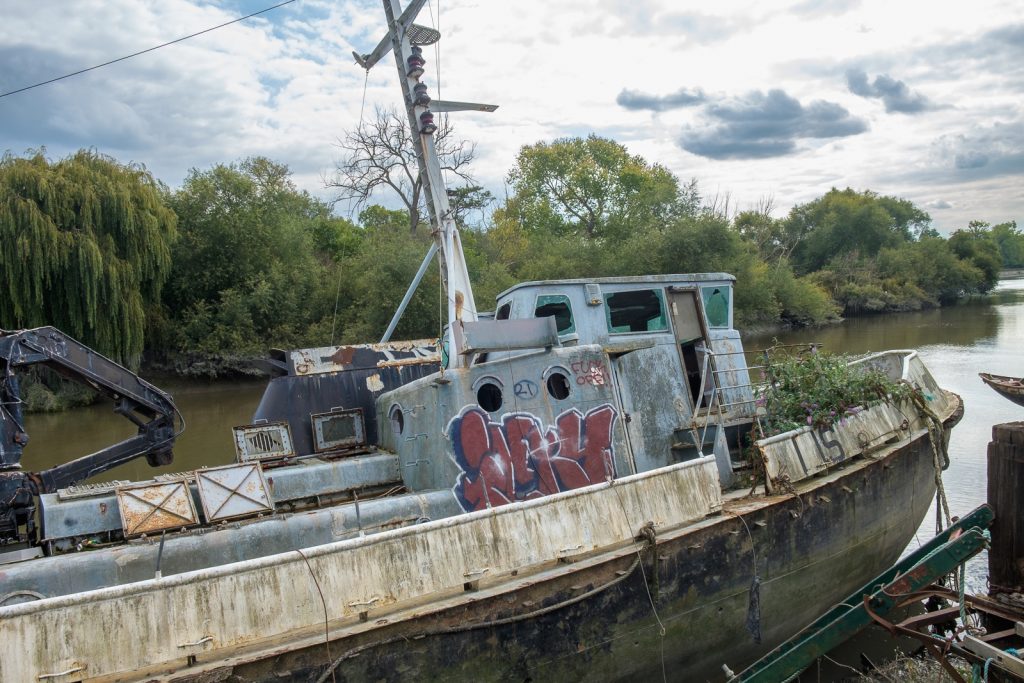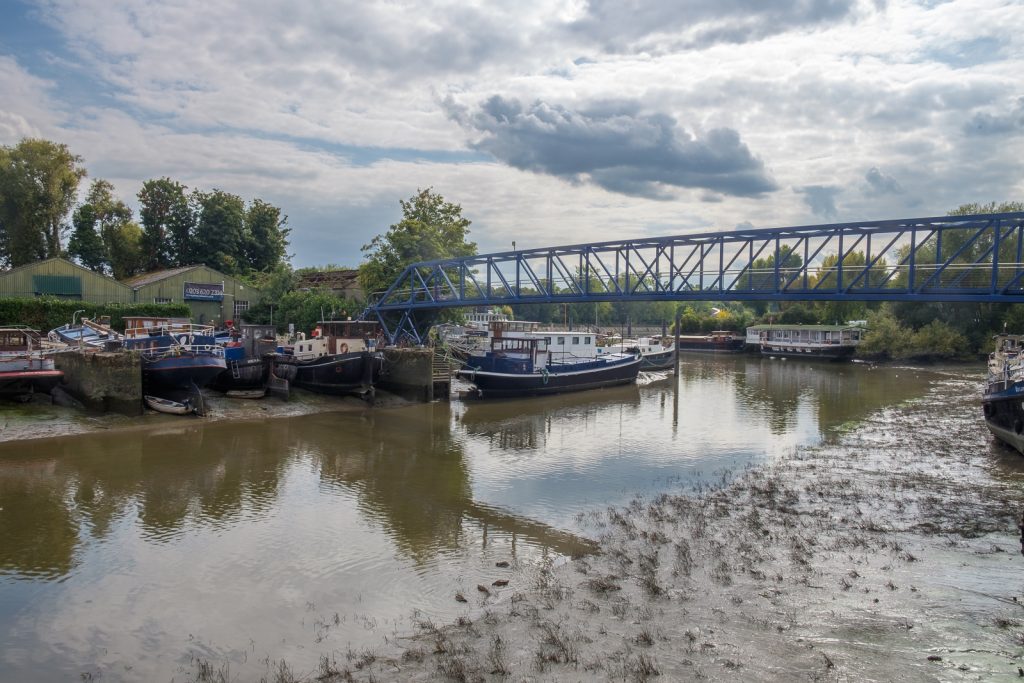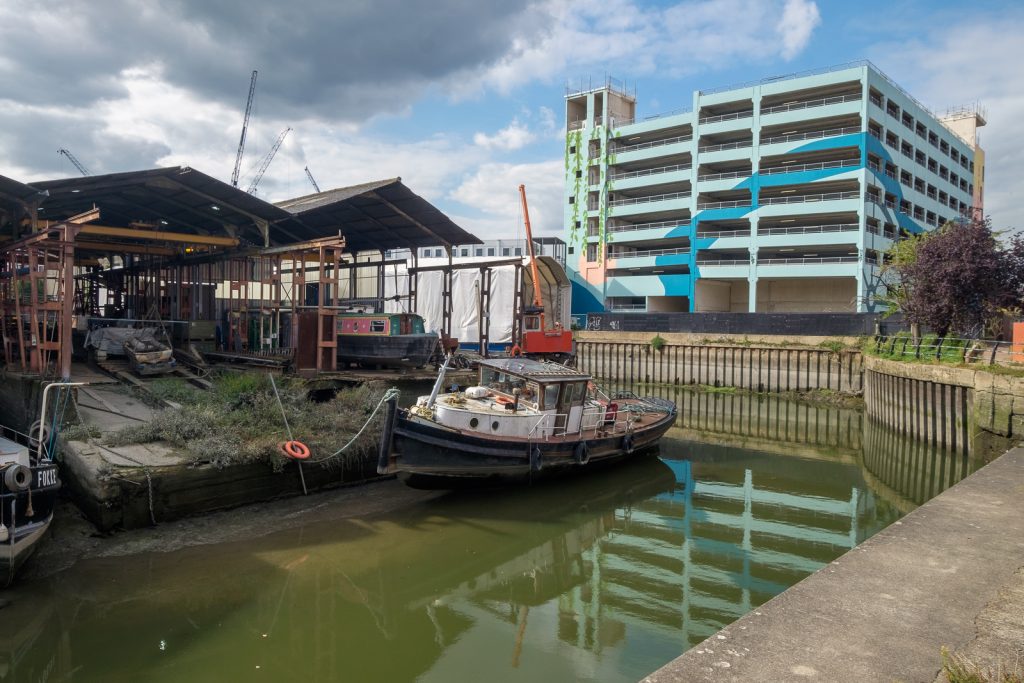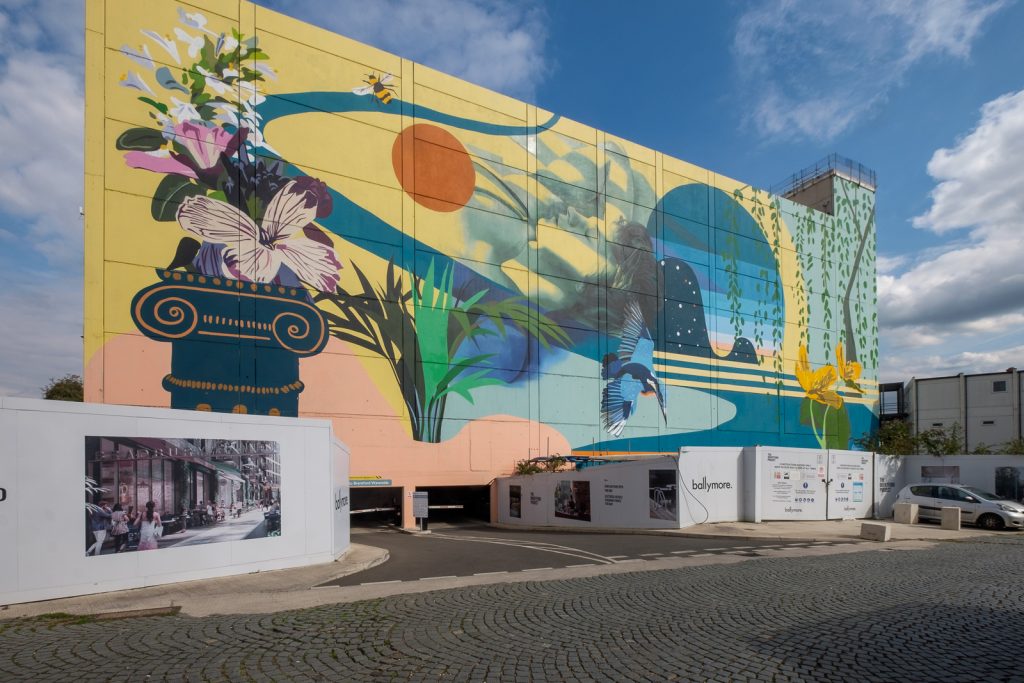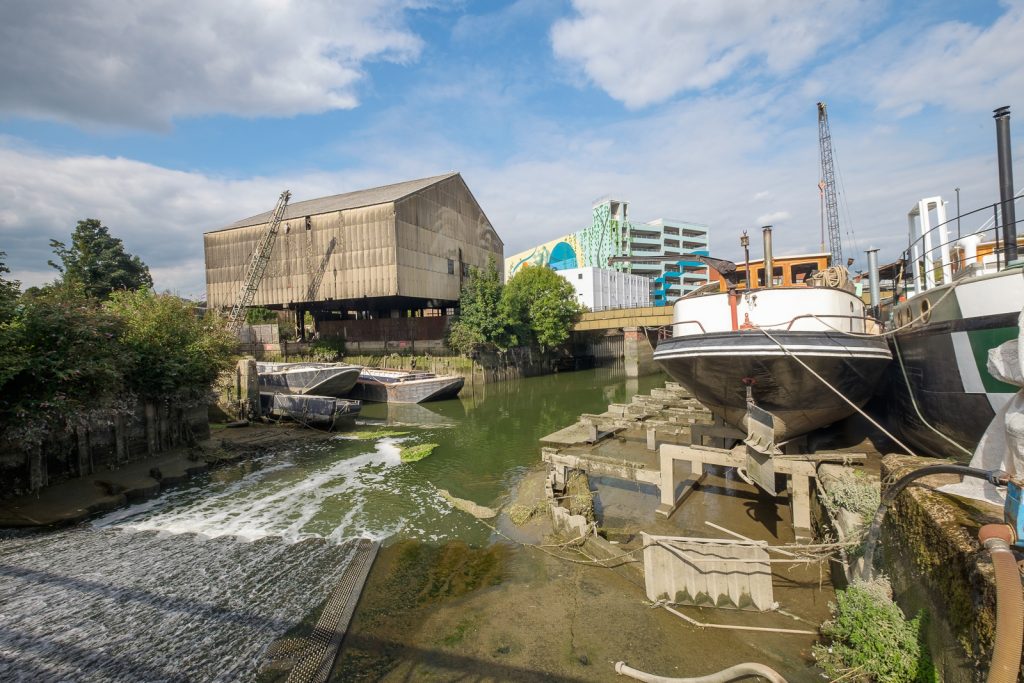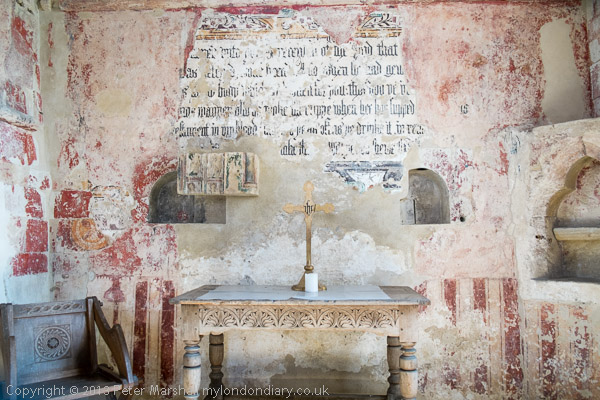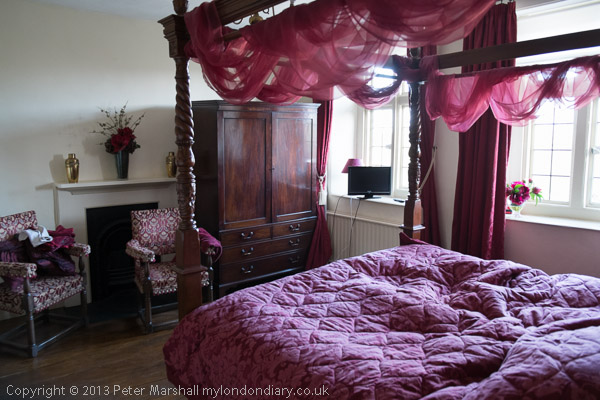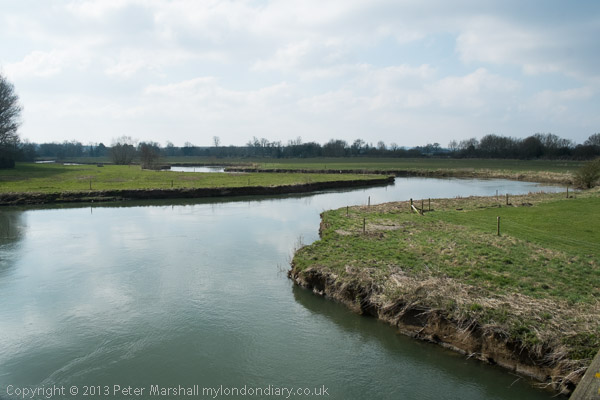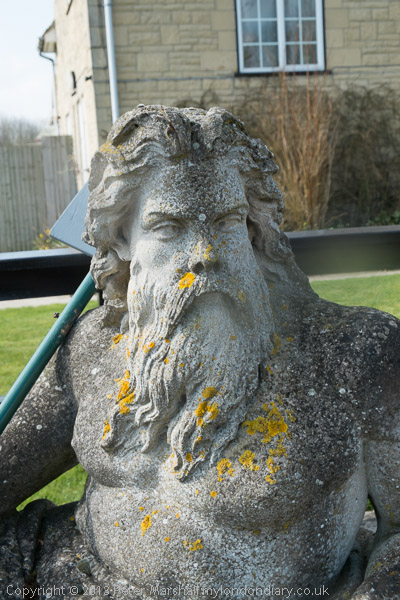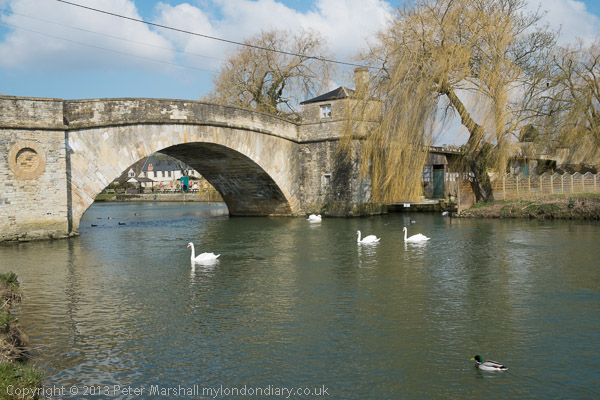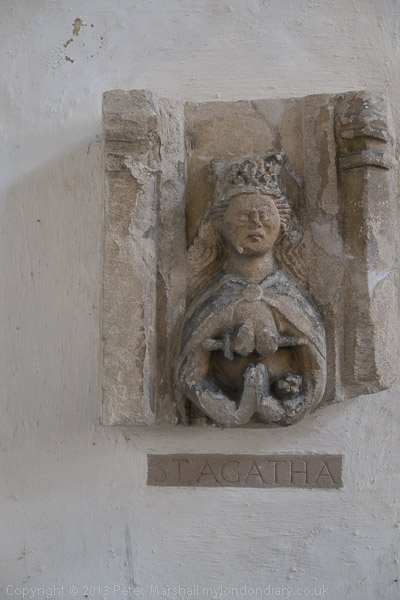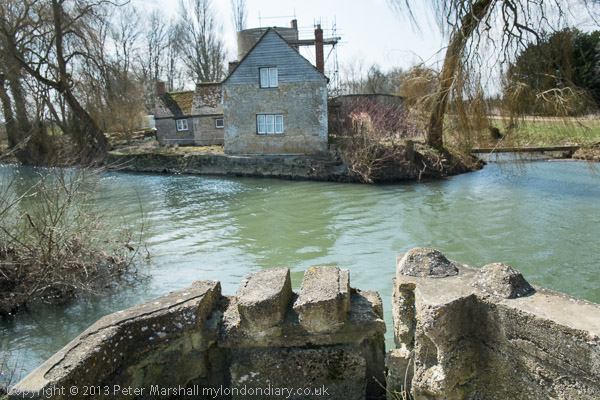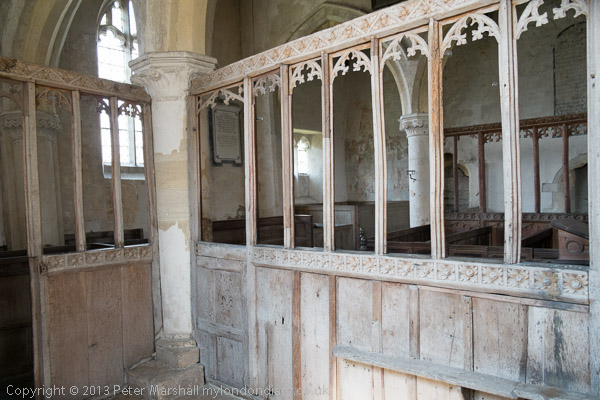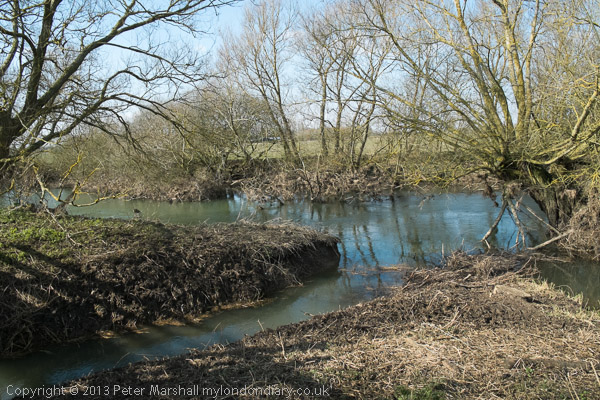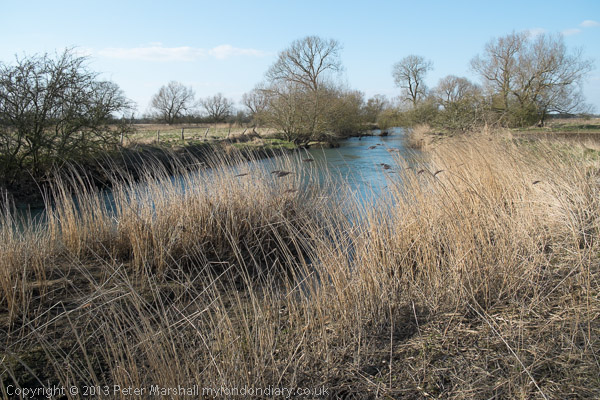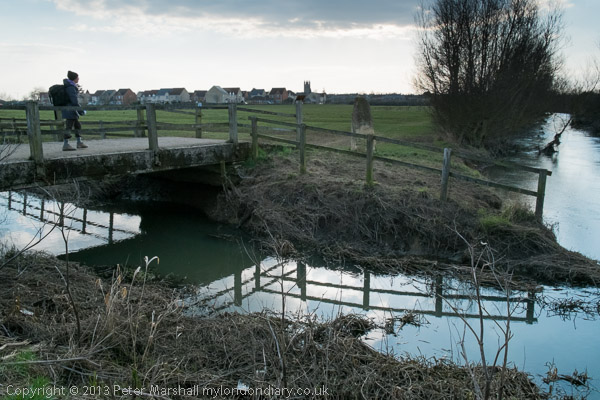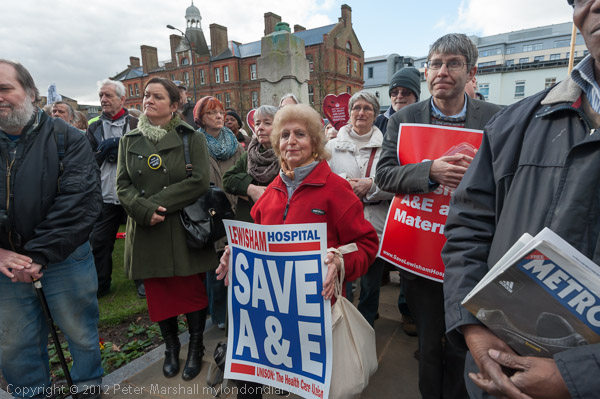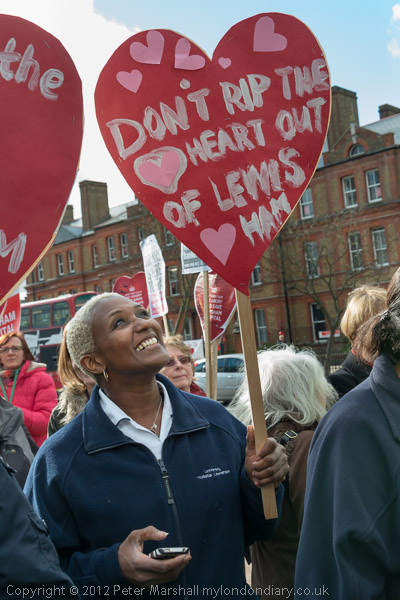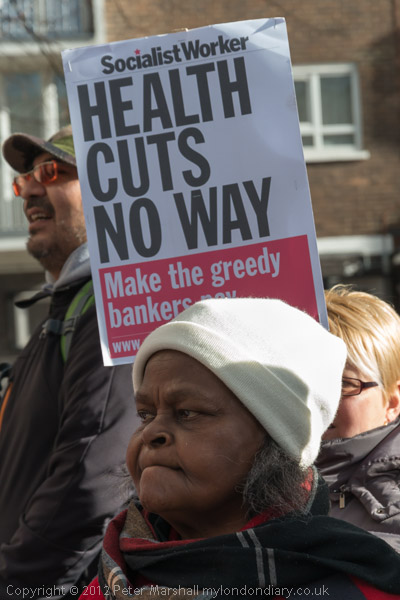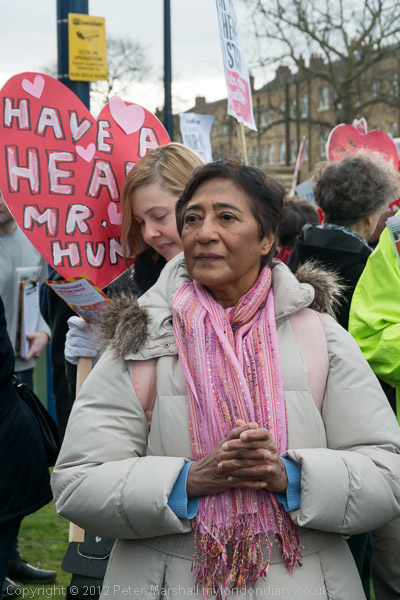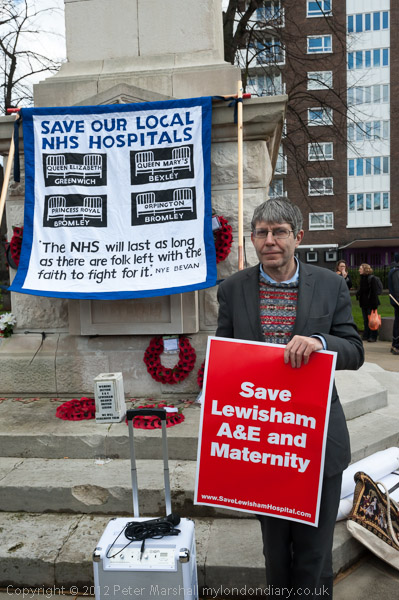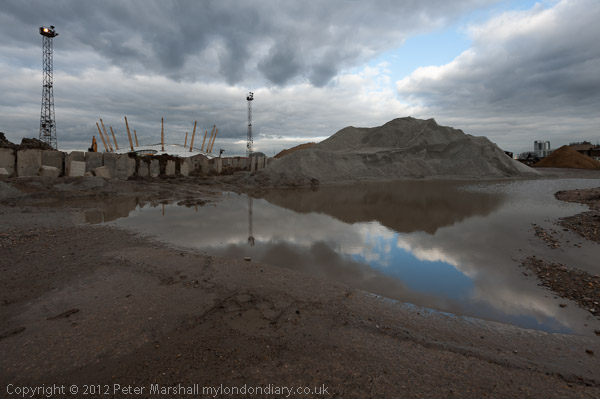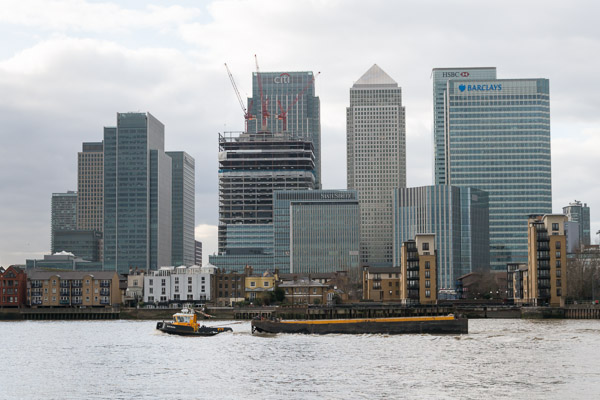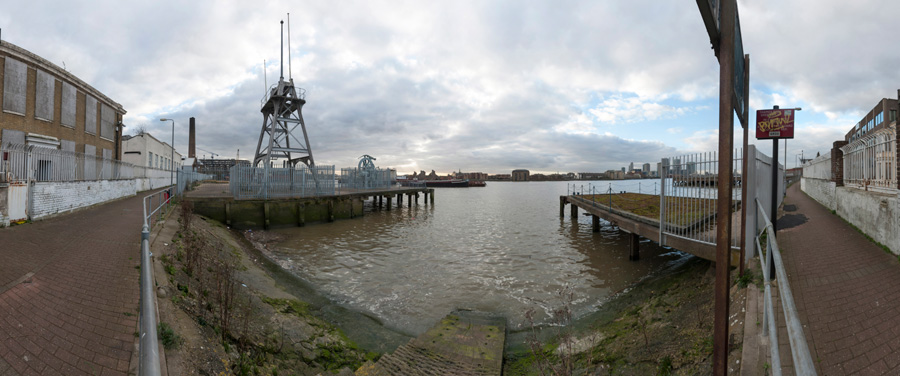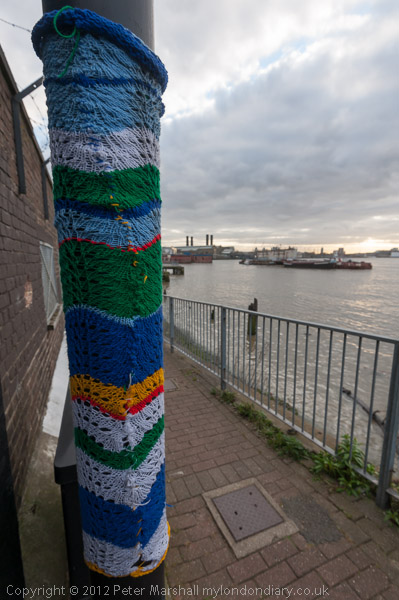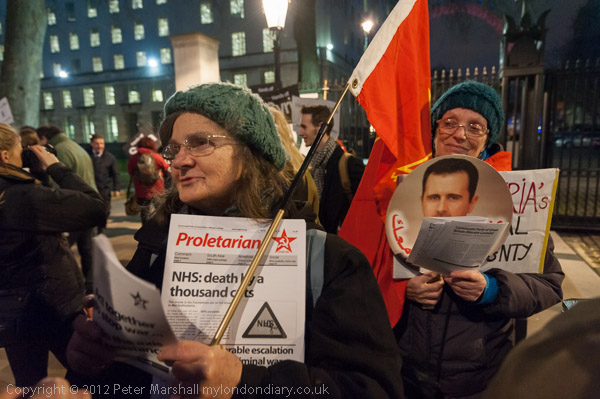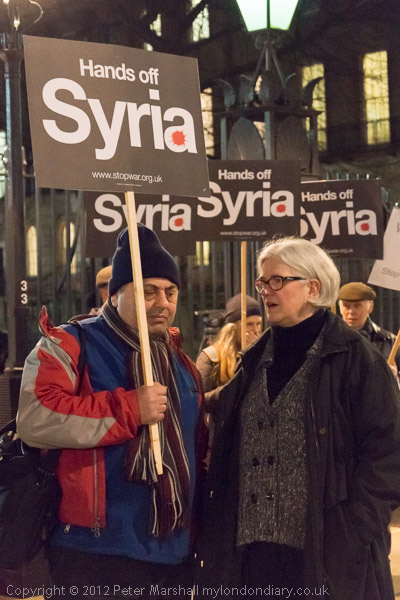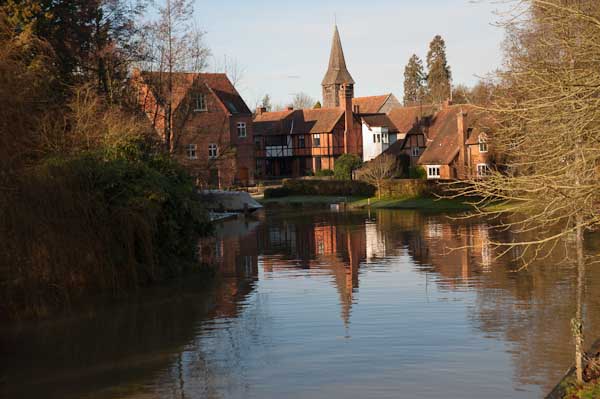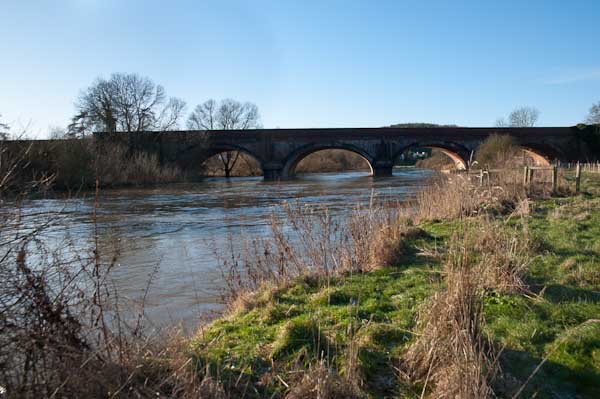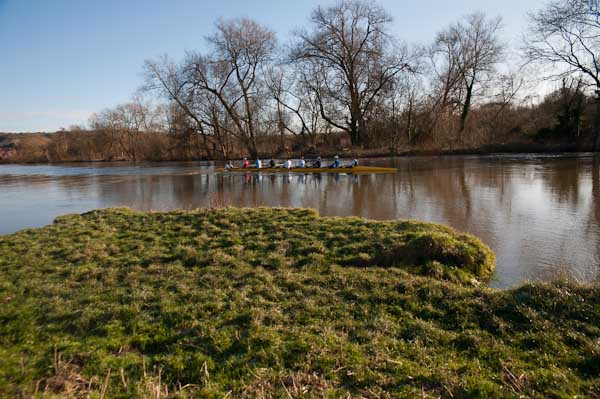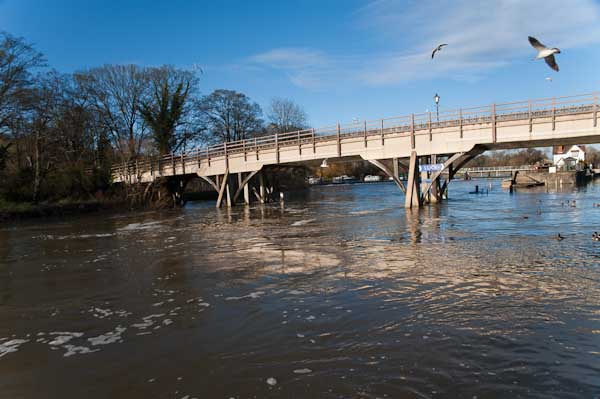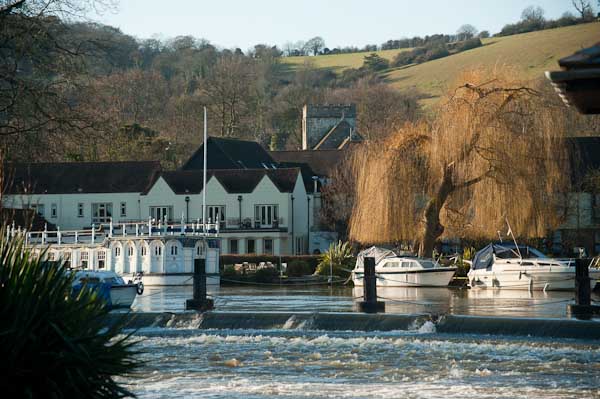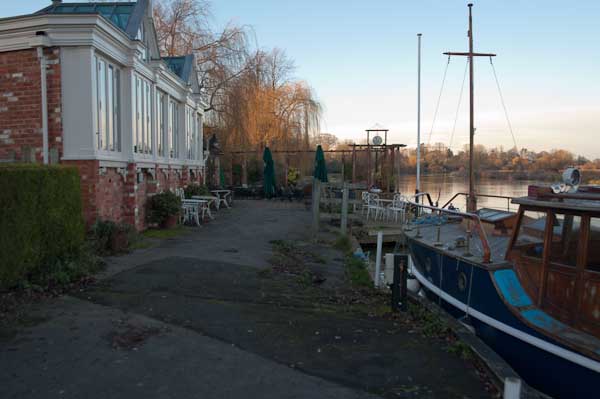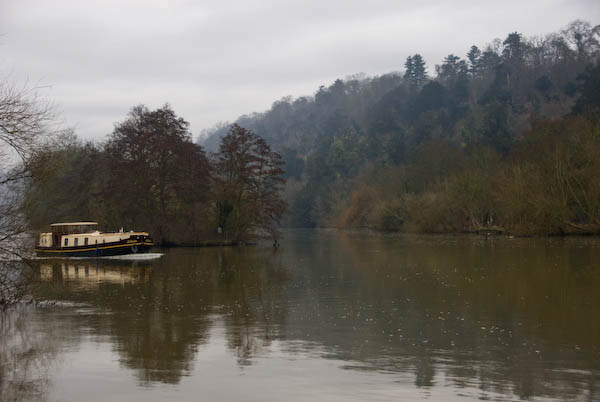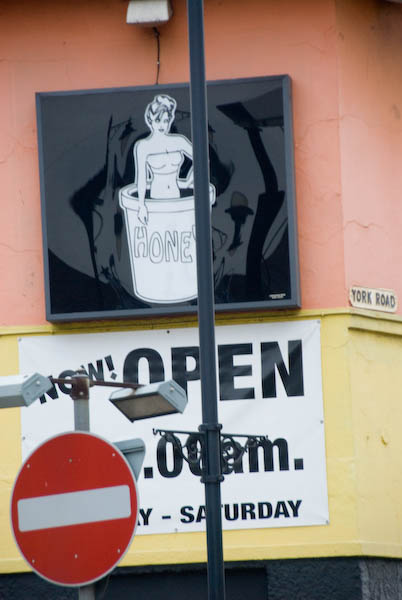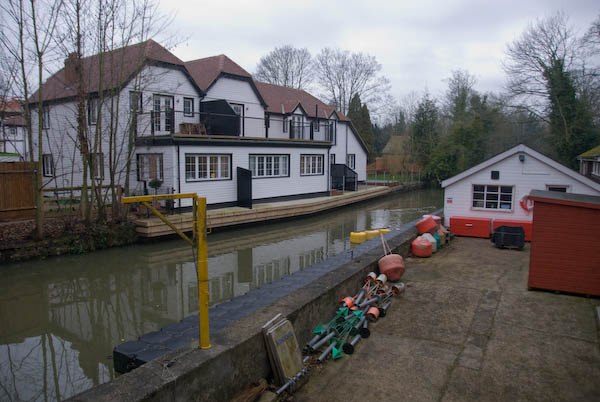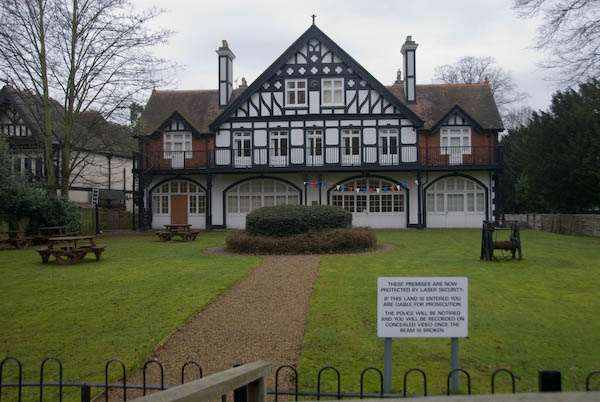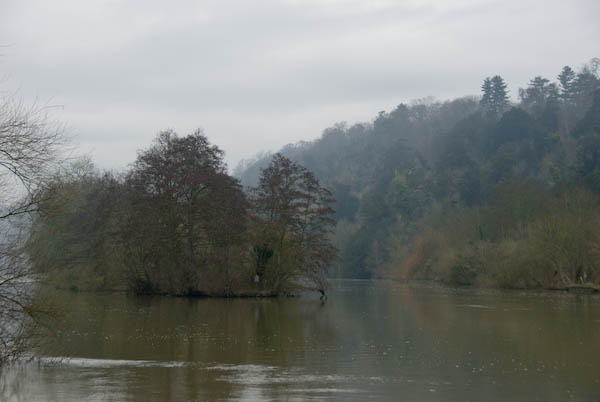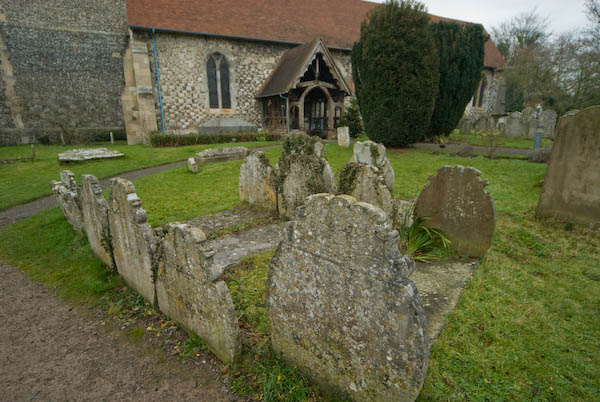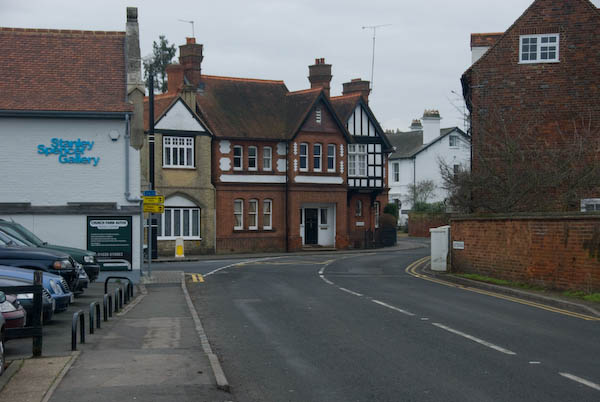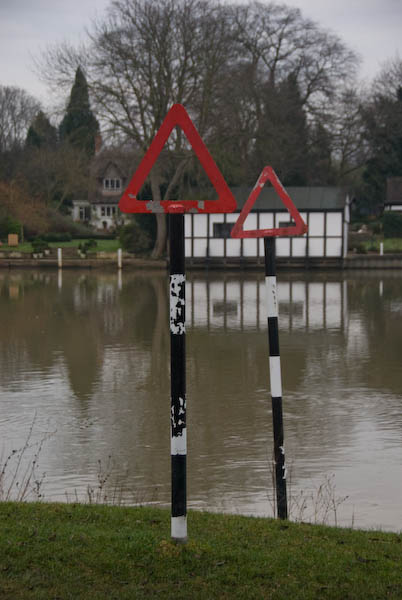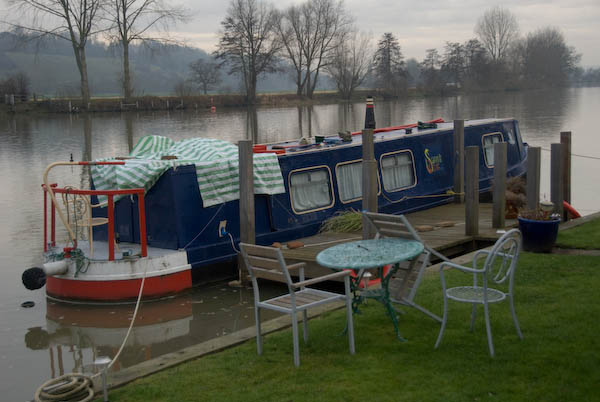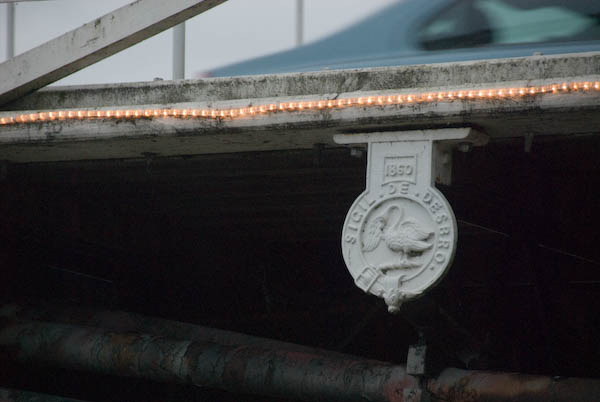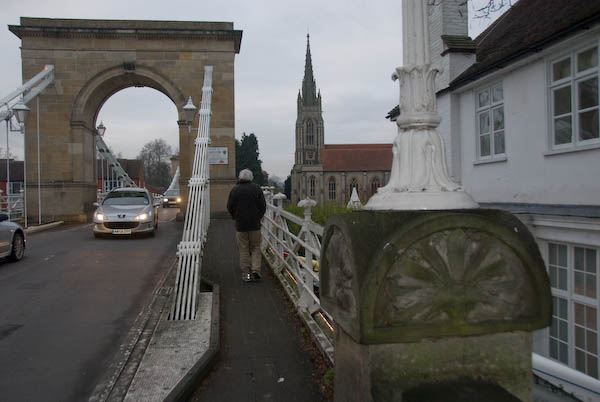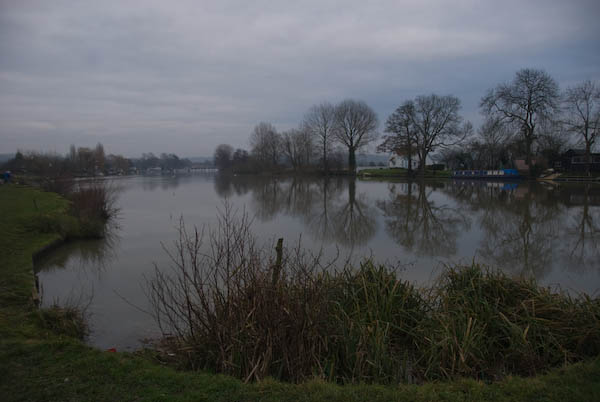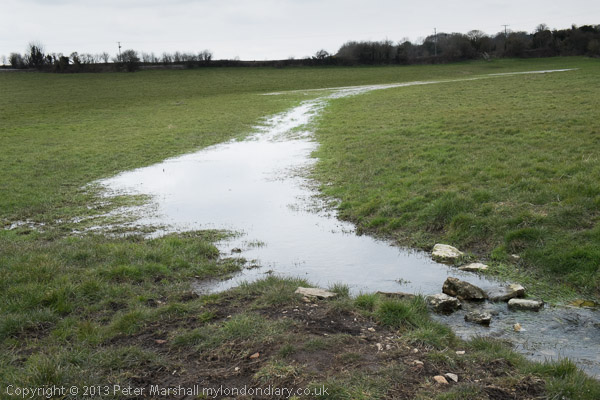
The Source of the Thames: Ten years ago today we were engaged on a very different walk to those I’ve been writing about in recent posts on my wanderings in London in 1989. Together with my wife and elder son we were about to complete our walk along the length of the Thames Path which had begun a couple of years earlier.
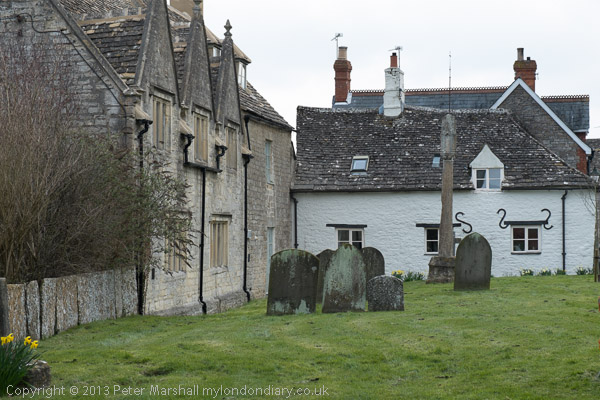
Of course I’d walked along by parts of the Thames in and around London, out to Windsor and towards Reading and to the east all the way to rather remoter regions on the estuary beyond the end of the route over the years in piecemeal fashion, but around 2010 we’d bought a guide to the Thames Path and began walking and marking off sections in an organised way.
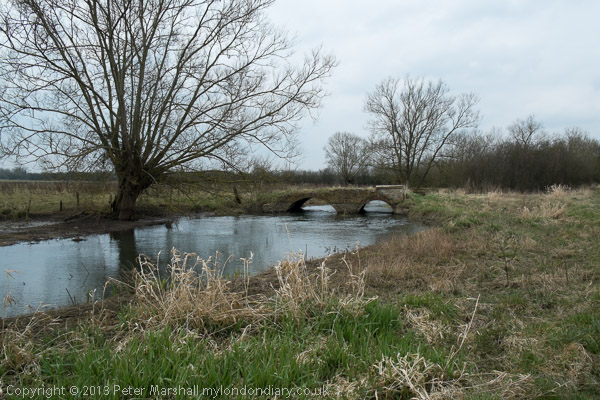
The National Trails site says the path is 185.2miles (298 km) from its source in the Cotswolds to Woolwich. The path was first proposed in 1947 but it was only 49 years later that it was officially opened in 1996, though I’d walked a few sections and made some minor suggestions after the Ramblers released a draft for consultation a few years earlier.
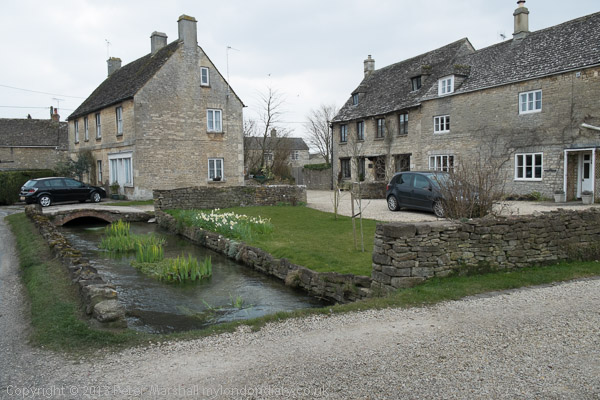
Some physical improvements needed to be put in place, with several footbridges needed to cross the river where ferries had long ceased operation, and there were also many negotiations with riverine land owners, angling groups and local authorities to allow access. Not all these were successful, and there are still lengths of the route which are less than optimal in the upper reaches of the river.
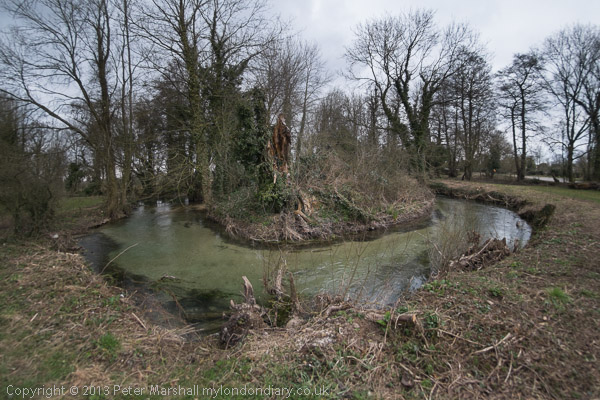
According again to the site, the trail is “Easy to reach by public transport”, but that is only partly true. Even below Oxford there are some sections a mile or two from the nearest station or bus stop which adds significantly at one or both ends of a day’s walk, and once you get much past Oxford things become more difficult or impossible, certainly for those of us coming from the London area.
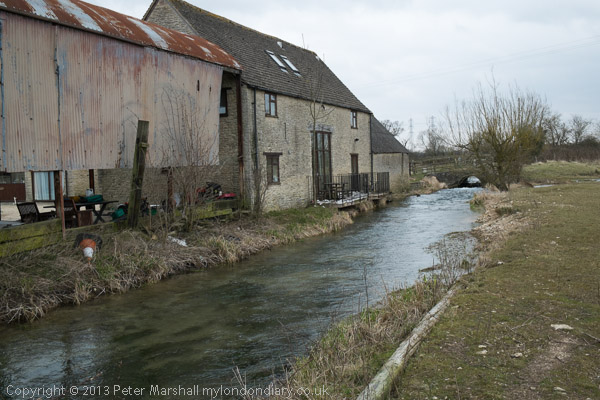
The last reliable and reasonably frequent bus route from Oxford back in 2013 took us to Hinton Waldrist, a small village a mile or two from the path, and our day walks had ended there. For the final section my son had booked us into two nights accommodation on route between there and the source, at Buscot and Cricklade and we returned home at the end of our third day of walking from Kemble Station, a mile and a half from the source.
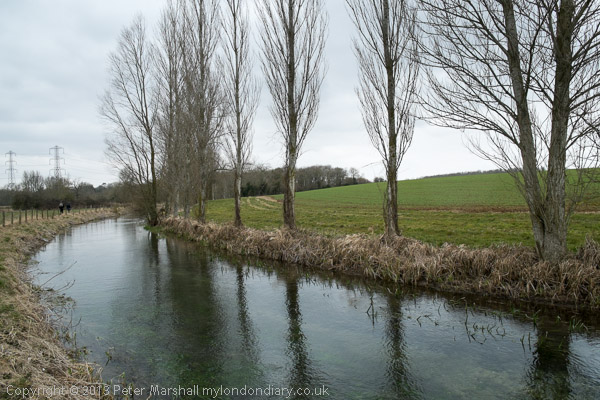
We had decided to make the walk in the week after Easter Sunday, which in 2013 was on March 31st and had begun on the Tuesday. On Thursday 4th April 2013 we left our hotel in Cricklade by 9am and after a short look around the town began the final day of our 3 day walk.
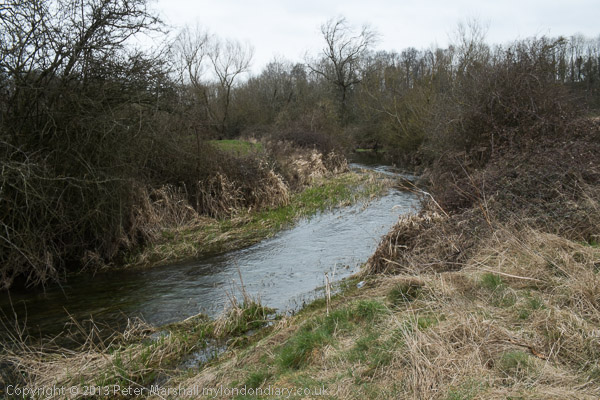
It was a cold day and there was still ice on some of the puddles. Our route guide – David Sharp’s ‘The Thames Path’ – told us we had 19.7km to walk to the source, but we had to do a little further as there was a diversion: “The Thames has changed course and is now flowing over the Trail, just inside Gloucestershire” a notice with a helpful map told us – and another 2.5km to the station. The guide was otherwise excellent, but would have been rather easier to follow had we been walking down-river as it suggested and described rather than in the opposite direction.
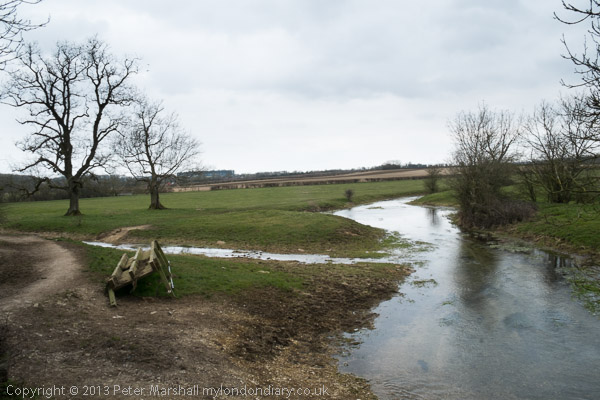
On My London Diary I described our route and day in some detail so I won’t repeat that here, and there are over 80 pictures from the day in the account. Perhaps some of them are a little misleading as I used a fisheye lens and made the river look as if it turns considerably more than its already rather twisty route. The were some long and rather boring sections too on which I took no pictures.
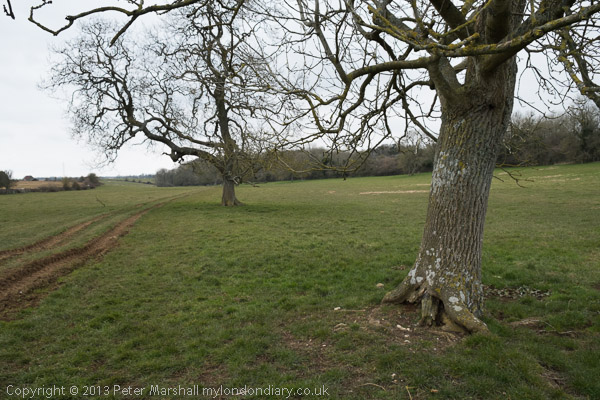
Scenically this is one of the less interesting of the Thames Path sections, but it was important to complete the walk, even if the final section was completely dry. It was bitterly cold and would have been more enjoyable in warmer weather even though we were well wrapped up – and needed to take a short rest in a pub in Ashton Keynes in the middle of the day to warm up before continuing.
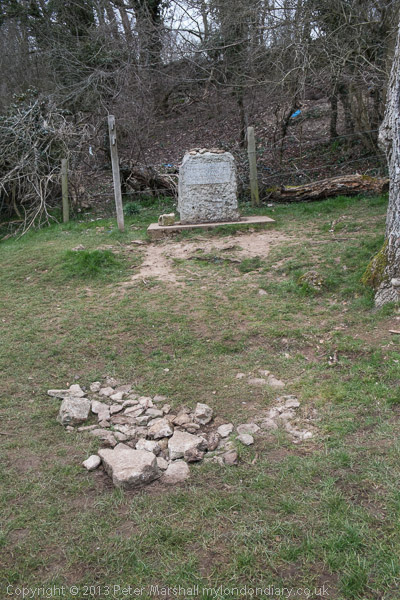
The source was something of an anti-climax. What is supposedly a spring with a stone marking it erected there by the Thames Conservators. I don’t know when water was last seen there, and others I know who have walked the river have all found it dry. The best I could find for some distance down the hill was a blue pipe on the grass – but there was nothing flowing from that either. There were some deep puddles in the mud by a gate some way down, and a larger one in the grass just above Thames Head, but it was only below the Fosse Way (A433) at Thames Head that a small stream became visible.
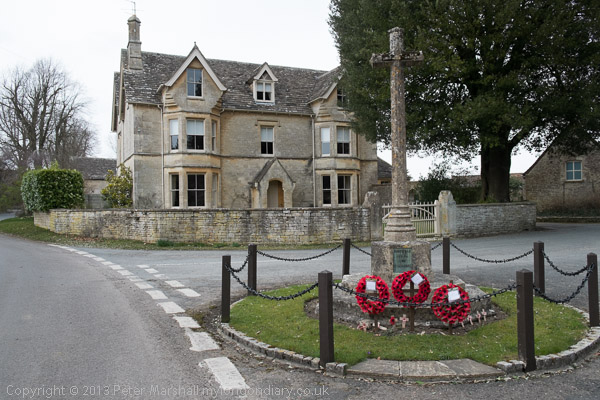
We walked to Kemble station to find we had just missed a train and it was 50 minutes to wait for the next. There was what looked like a cosy waiting room but it was locked. It was far too cold to stand and wait on the windswept platform so despite our aching legs we went for a walk around Kemble before catching the first of three trains for our journey home.
More about the three days of our walk on My London Diary:
Thames Path: Cricklade to the Source
Thames Path: Buscot to Cricklade
Thames Path: Shifford to Buscot
